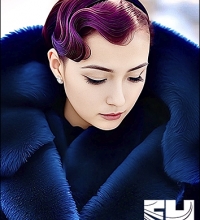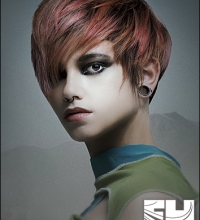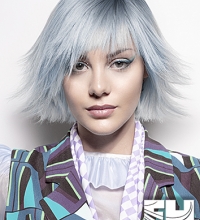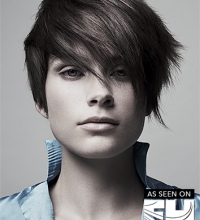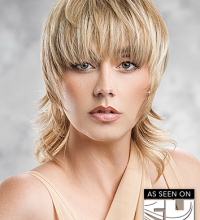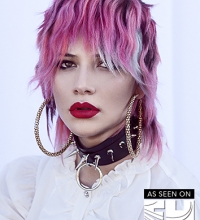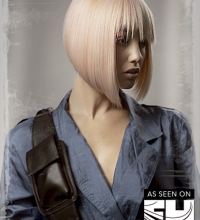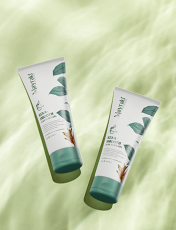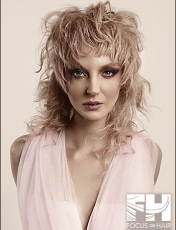The ever-classic bob is as popular today as it was in the 1920s, but can you tell an inverted bob from a pageboy? HOB Academy International Creative Director Akin Konizi breaks down the various types of bobs and how best to achieve them.
"The bob never goes out of fashion," said Konizi, continuing, "the style has simply evolved over the years. There are many different types of bobs, and the great thing is that there is a version to suit all face shapes and hair textures. From the graduated bob to a one-length bob or an inverted bob, the change of angle is what makes each different."
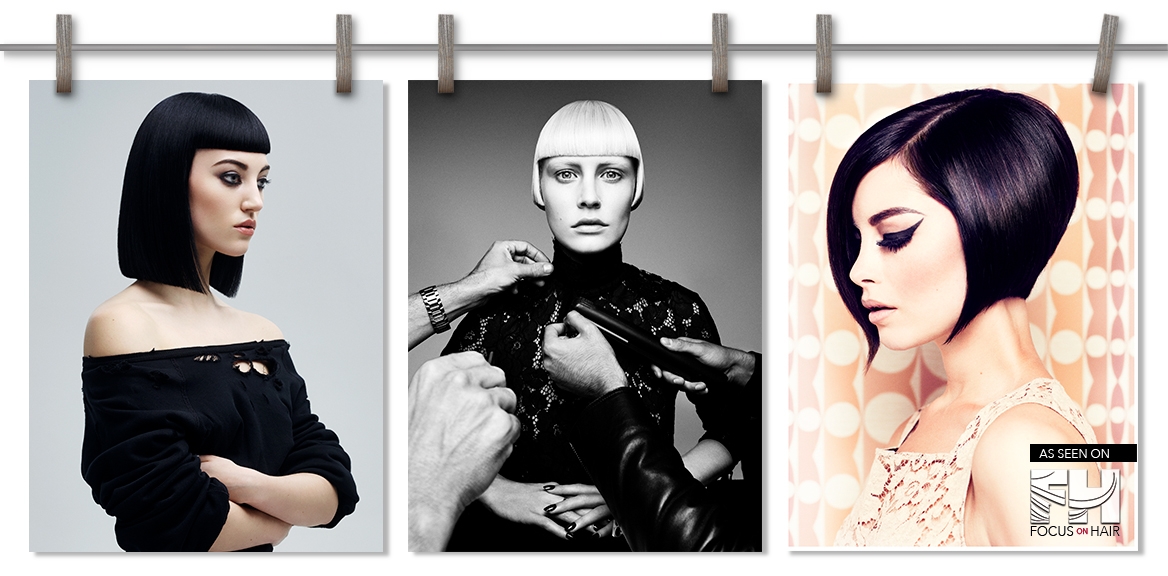 "The bob is the most important and valuable haircut that you can do because it will always ensure you are developing your technique for the perfect haircut. Creating the perfect bob is the holy grail for most hairdressers!"
"The bob is the most important and valuable haircut that you can do because it will always ensure you are developing your technique for the perfect haircut. Creating the perfect bob is the holy grail for most hairdressers!"
Here are the four key bob shapes everyone should know:
The classic bob is a one-length cut all around the head. There are no layers, so it can be blunt cut or point cut for a softer appeal. Blunt bobs are typically chin-length but do also make for a great lob (long bob) when worn just above the shoulder. This is perhaps the most versatile of all hairstyles as most any face shape can wear it with slight modifications.
A square bob, shown here with a strong square fringe, is typically jaw-length and was most popular in the 80s. Today, it's making a comeback. They look best on an oval or oblong face and offer a bold geometric finish.
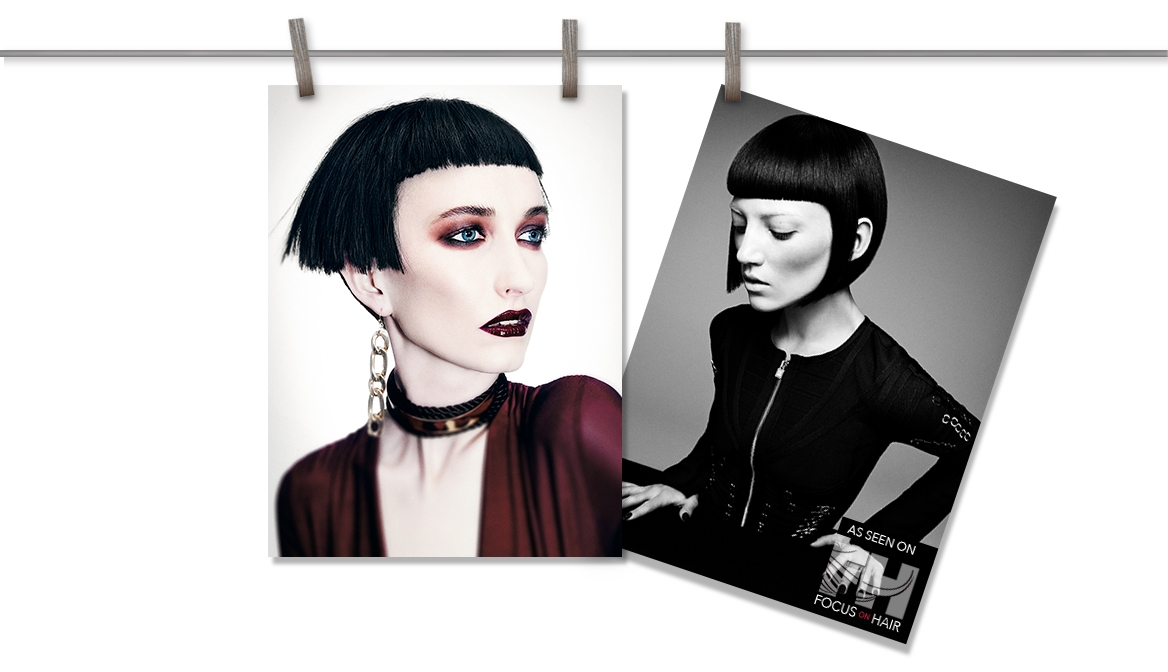
Shorter at the back and longer in the front, the inverted bob includes a tapered back with layering for a curved finish. This cut can look polished and professional or fun and edgy depending on the finish. They are great to show off longer necks and highlight the eyes or add width to elongated faces.
Graduated bobs are one of the most common versions. They have stacked layers through the back to give the style a curved finish, and they get longer towards the front. These looks are ideal for oval, heart, and diamond-shaped faces. Longer versions can work for round or square faces, although a blunt fringe is not suggested. Consider a longer side fringe or none at all.
Pro Tip: All bob lines should start at the center back and end at the front. One continuous flowing line, with no joins, and typically the last hair at the front of the line should be the longest – that's the sexy bit!

